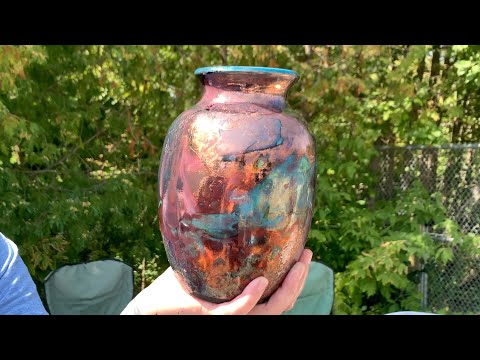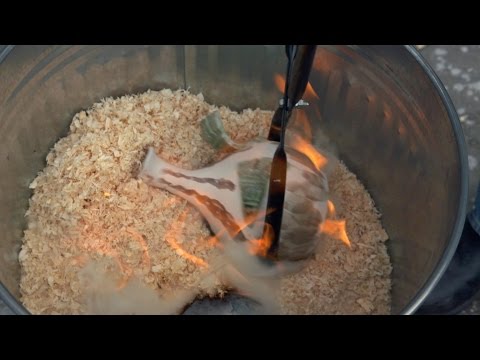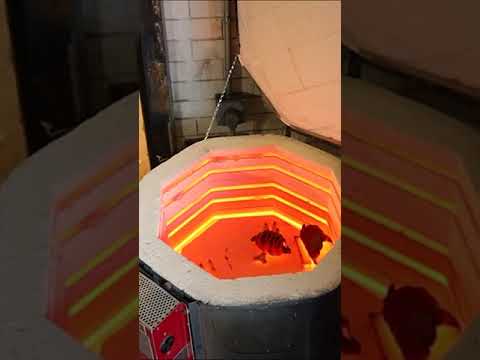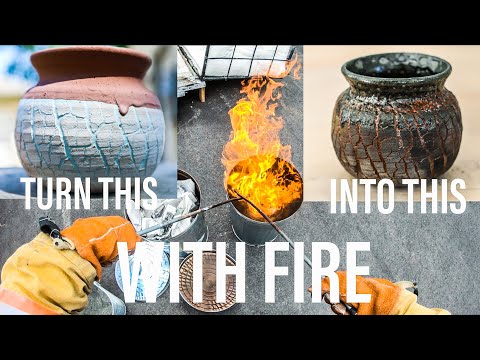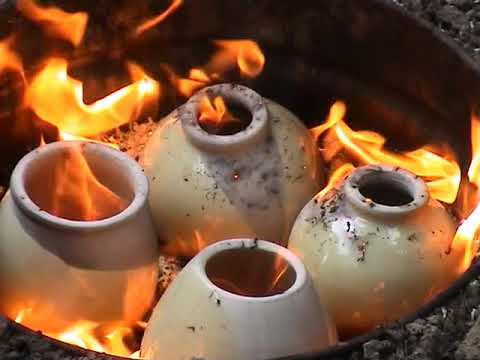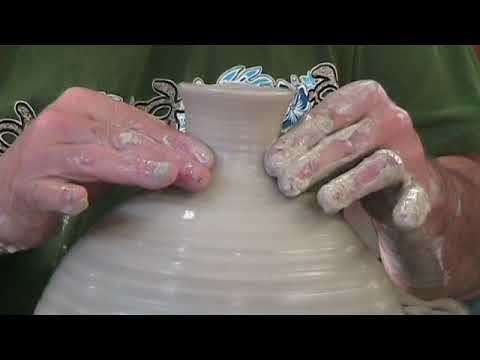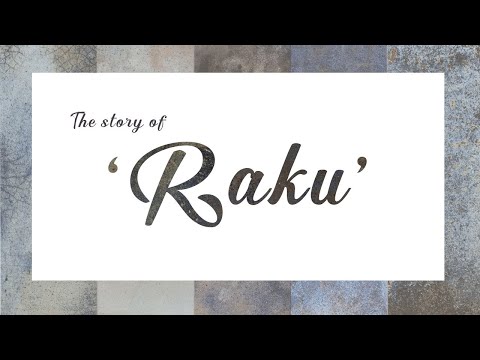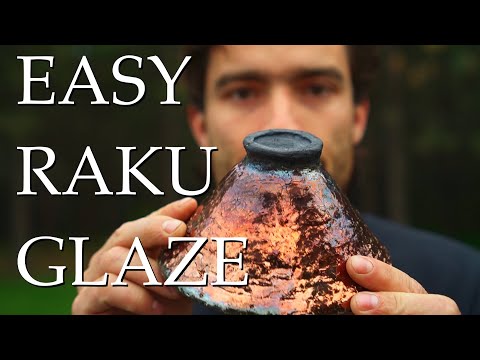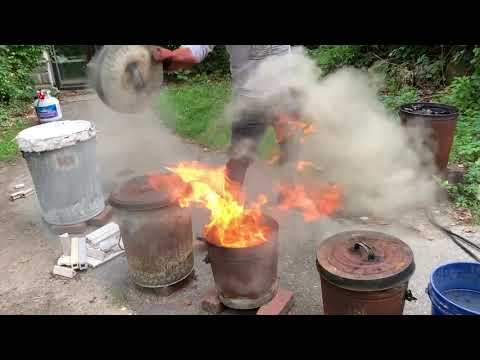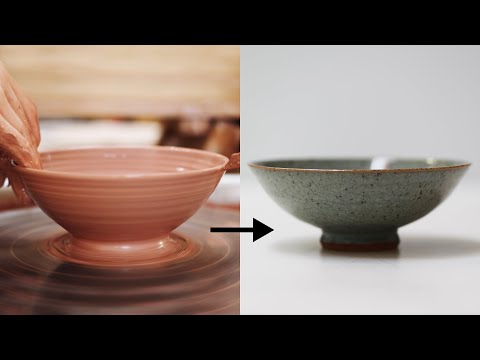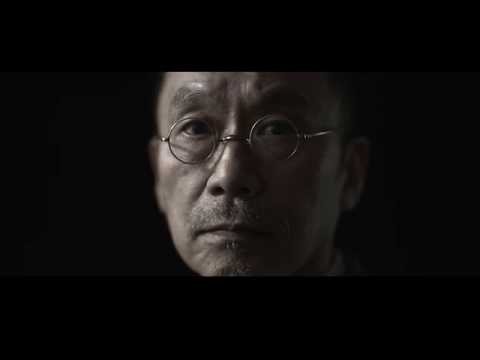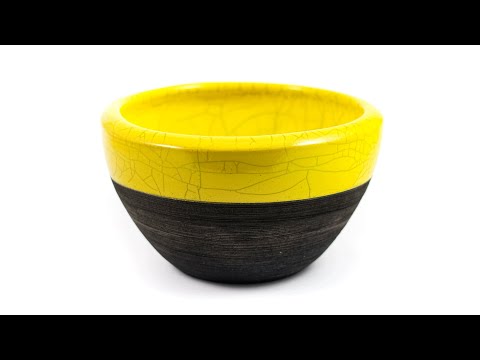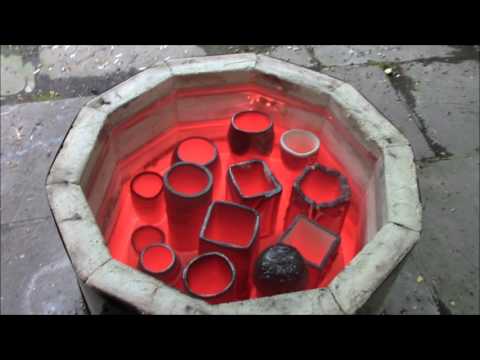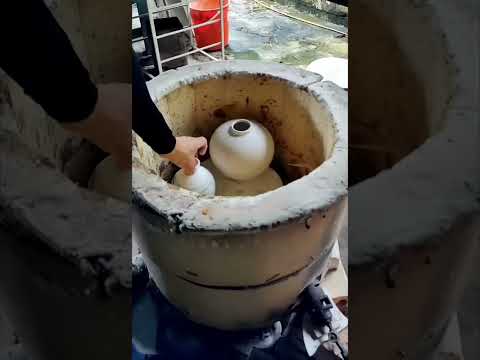Japanese pottery firing techniques are genuinely mesmerizing and have a rich history. Let’s dive into some of them.
First, there’s Raku firing, which I mentioned earlier. It’s quite the spectacle! Originally used in the 16th century for tea ceremony ceramics, Raku is all about embracing the unpredictable. The process involves taking the pottery out of the kiln while it’s glowing hot and then placing it in a container with combustible materials, like sawdust. This creates a reduction atmosphere, leading to unique, often metallic and crackled glazes. It’s like each piece is a surprise, you never quite know how it will turn out!
Then there’s Anagama firing, which is an ancient technique dating back to medieval Japan. An Anagama kiln is a type of single-chamber kiln that’s built into a hillside. It’s all about wood firing and the way the ash settles on the pottery. The process can take days, and the continuous stoking of the kiln creates variations in temperature and atmosphere. This results in unique, natural glaze effects that can’t be replicated any other way. Each piece that comes out of an Anagama kiln is a testament to the skill and patience of the potter.
Iga-yaki is another fascinating technique. Originating from the Iga region, known for its clay rich in organic material, this technique involves high-temperature firing that brings out the natural beauty of the clay. The pots often have a rough, almost rugged look, with glazes that accentuate the natural texture of the clay.
Lastly, let’s talk about Kintsugi, which isn’t a firing technique but is integral to Japanese pottery. It’s the art of repairing broken ceramics with lacquer mixed with gold, silver, or platinum. It’s a beautiful philosophy that treats breakage and repair as part of the history of an object, rather than something to disguise.
These techniques aren’t just about making pottery; they’re about embracing natural elements, imperfections, and the unpredictability of the firing process. It’s this deep respect for the natural world and the embrace of imperfection that really sets Japanese pottery apart. Each piece tells a story, don’t you think?
